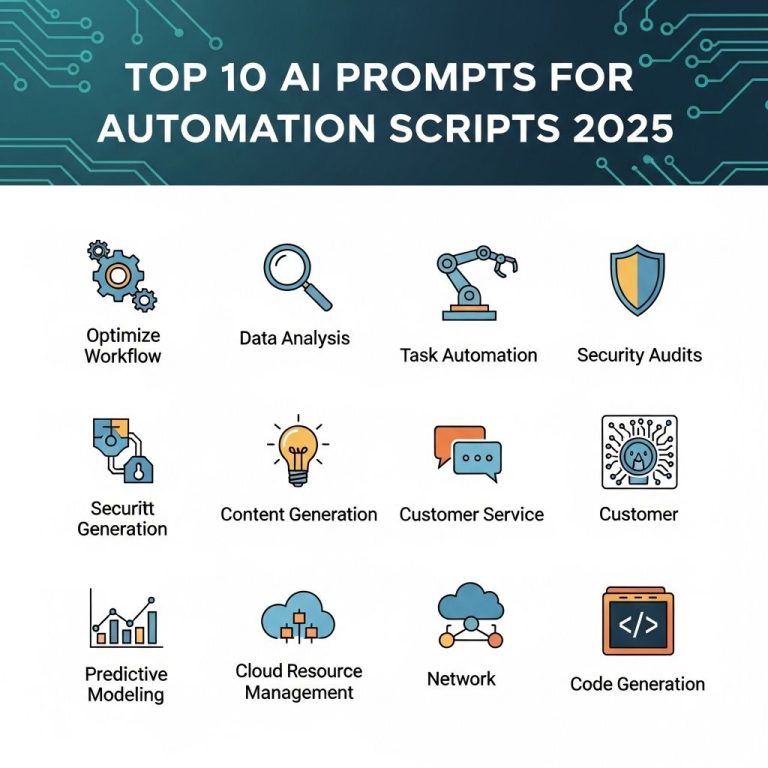In an era where voice interaction is becoming increasingly common, the demand for robust voice recognition technologies is on the rise. As we venture into 2025, developers are seeking the best voice recognition SDKs that can be seamlessly integrated into mobile applications. This article delves into the leading voice recognition SDKs available in 2025, examining their features, benefits, and ideal use cases.
What to Look for in a Voice Recognition SDK
When selecting a voice recognition SDK for mobile applications, developers should consider several key factors:
- Accuracy: The ability to correctly transcribe spoken words into text.
- Language Support: A variety of languages and dialects should be supported to reach a broader user base.
- Real-time Processing: The SDK should process voice inputs instantly to enhance user experience.
- Integration Ease: How easily can the SDK be integrated into existing systems?
- Cost: Pricing models should be competitive and in line with the project’s budget.
- Customization: The capability to customize the voice recognition process according to specific needs.
Leading Voice Recognition SDKs in 2025
1. Google Cloud Speech-to-Text
Google’s Speech-to-Text is a powerful SDK known for its high accuracy and support for multiple languages. It uses advanced machine learning algorithms to process audio and provide real-time transcriptions. The primary features include:
- Support for over 120 languages and dialects.
- Real-time streaming capabilities.
- Integration with other Google Cloud services.
- Customizable models for specific use cases.
2. Microsoft Azure Speech Service
Part of Microsoft’s Azure Cognitive Services, the Azure Speech Service offers comprehensive voice recognition features. Its highlights include:
- Real-time transcription and translation.
- Customizable speech models for distinct applications.
- Speaker recognition to distinguish between different voices.
- Rich documentation and support for developers.
3. IBM Watson Speech to Text
IBM Watson’s solution is particularly well-suited for enterprise applications, providing secure and scalable voice recognition services with the following capabilities:
- Custom language models tailored to business jargon.
- Speaker diarization for identifying individual speakers in multi-speech scenarios.
- Integration with Watson’s other AI services for enhanced functionality.
4. Amazon Transcribe
Amazon Transcribe is a powerful tool for developers looking to include voice capabilities in their applications. Features include:
- Automatic punctuation and formatting of transcribed text.
- Support for multiple audio formats.
- Ability to generate custom vocabularies to improve accuracy.
- Integration with AWS services for added versatility.
5. Nuance Vocalizer
Nuance Vocalizer is tailored for applications requiring robust voice interactivity. Key attributes include:
- Text-to-speech capabilities alongside speech recognition.
- Realistic voice outputs with customizable options.
- Industry-specific solutions for healthcare, automotive, and more.
Comparative Analysis of SDKs
| SDK | Languages Supported | Real-time Processing | Customization | Pricing |
|---|---|---|---|---|
| Google Cloud Speech-to-Text | 120+ | Yes | Yes | Pay-as-you-go |
| Microsoft Azure Speech Service | 70+ | Yes | Yes | Subscription-based |
| IBM Watson Speech to Text | 30+ | Yes | Yes | Tiered pricing |
| Amazon Transcribe | 30+ | Yes | Yes | Pay-as-you-go |
| Nuance Vocalizer | Various | Yes | High | Custom pricing |
Use Cases for Voice Recognition SDKs
Voice recognition technology can be applied in numerous fields. Here are some of the most common use cases:
- Customer Service: Enhanced customer interaction through automated voice assistants.
- Healthcare: Voice-to-text documentation for patient records and consultations.
- Automotive: Hands-free control systems for safer driving experiences.
- Accessibility: Enabling voice commands for individuals with disabilities.
- Smart Homes: Voice control of IoT devices for a cohesive smart environment.
Conclusion
As mobile technology continues to evolve, the necessity for reliable and efficient voice recognition SDKs grows ever more critical. The options highlighted in this article represent some of the leading solutions available in 2025, each with unique features tailored to various application needs. By carefully evaluating the factors discussed and aligning them with project requirements, developers can select the most appropriate SDK to enhance the user experience and drive innovation in their mobile applications.
FAQ
What are the best voice recognition SDKs for mobile in 2025?
Some of the top voice recognition SDKs for mobile in 2025 include Google Cloud Speech-to-Text, Amazon Transcribe, Microsoft Azure Speech Service, IBM Watson Speech to Text, and Nuance Vocalizer.
How do voice recognition SDKs improve mobile app functionality?
Voice recognition SDKs enhance mobile app functionality by enabling hands-free interaction, improving user accessibility, and allowing for voice commands to control app features.
What features should I look for in a voice recognition SDK?
When choosing a voice recognition SDK, consider features such as accuracy, language support, ease of integration, real-time processing, and customization options.
Are there any free voice recognition SDK options available for mobile apps?
Yes, several voice recognition SDKs offer free tiers or trial versions, such as Mozilla DeepSpeech and Microsoft Azure Speech Service, which can be useful for developers.
How can I implement a voice recognition SDK in my mobile application?
To implement a voice recognition SDK, you typically need to integrate the SDK into your app’s codebase, configure the necessary permissions, and set up the user interface for voice input.
What are the challenges of using voice recognition in mobile apps?
Challenges of using voice recognition in mobile apps include varying levels of accuracy in different environments, the need for continuous internet connectivity, and handling diverse accents and dialects.




